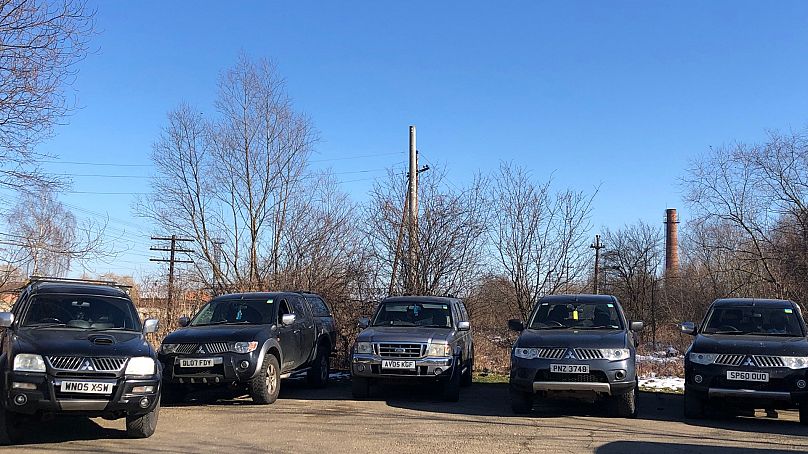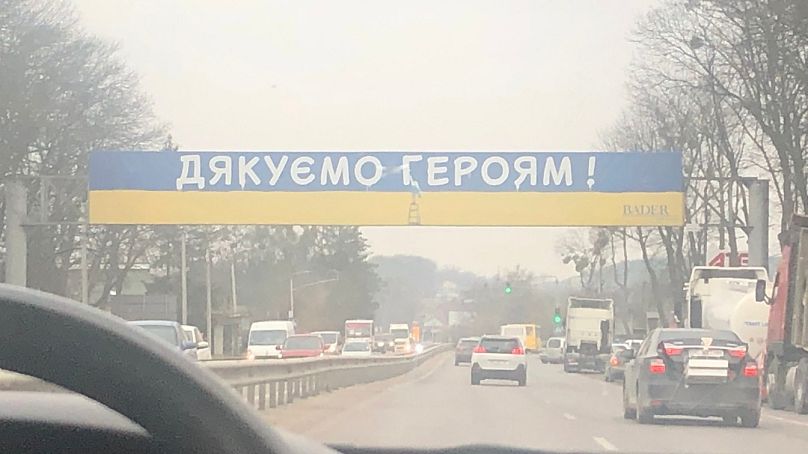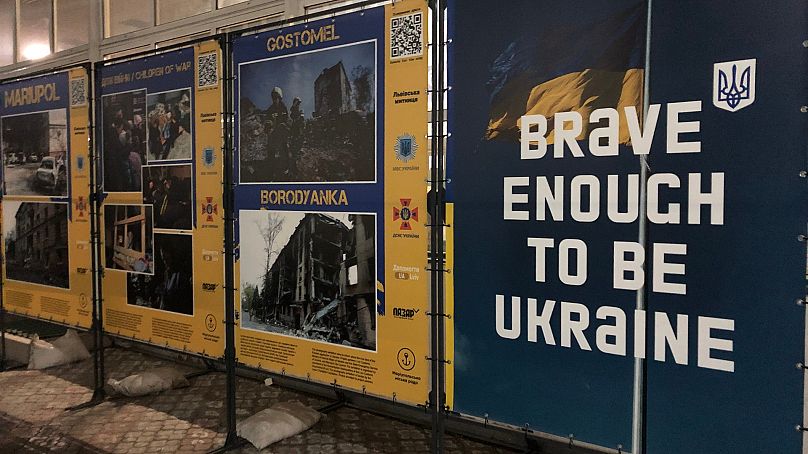
British pickup trucks have become surprise heroes on the Ukrainian frontline.
The Ukrainian media has hailed these vehicles as the “rockstars of the Eastern front” because they are able to deliver supplies to cut-off areas and evacuate wounded personnel.
Yet, the average life expectancy for one of these vehicles on the frontline is around 90 days. By then, it is likely to have burnt out or been blown up. This is why a constant supply of cheap vehicles is required.
Why are British pickup trucks being used on Ukraine’s frontline?
As lots of second-hand European pickups get exported to Africa and the Middle East, they are more expensive than those sold in the UK. Meanwhile, right-hand drive vehicles have a smaller market and so tend to be cheaper to buy. It is also reported that they have the added bonus of confusing Russian snipers.
Edinburgh based Jeeps for Peace was founded in February 2022 to deliver British pickup trucks and other supplies to Ukraine. The organisation has to date sent around 40 vehicles, the majority of which have been Mitsubishi L200s.

The vehicles cost around £3,000 (€3,100) each and once acquired they are driven across Europe to Ukraine. Driving the vehicles to Ukraine might not be the most efficient method for delivering large numbers of them but it does mean they get to where they are needed much faster.
The drive from Scotland to western Ukraine is almost 2,000 miles and takes three days.
Why I volunteered to drive a pickup truck to Ukraine
I recently volunteered to drive a pickup to Ukraine.
Having witnessed the horrors being inflicted upon the country, I felt compelled to act. So, I joined a convoy of nine vehicles which travelled from Scotland by ferry across the North Sea and through Europe.
The day before leaving for Ukraine, I stopped to talk to two hitchhikers on the ring-road outside Edinburgh. I asked them where they were going.
“South,” they said. “How far south?” I replied. “Prague.”
“Well, tomorrow I’m driving to Ukraine. If you want a lift as far as Dresden, it’s yours,” I offered.
They met us on the ferry the next day. On route we also gave a lift to a journalist who was returning to Ukraine to cover the conflict. They were making their way to Kharkiv to collect their flak jacket before heading to report from the frontlines.
I asked them what they wish people back home understood: “That this war has its origins in a long history of Russia f**king things up for Ukraine.”

The challenges of driving second-hand vehicles across Europe
The problem with driving cheap second-hand vehicles long distances is that they are unreliable.
Judging from the stains and old receipts, the vehicle I was driving came from a farm in northern England. This was clearly the longest drive that it had ever made, and it showed.
While driving in the middle lane of Germany’s autobahn, the vehicles started to lose power. We also had a continuous drip coming from the fuel tank. Thankfully, we had a team of mechanics working to keep the whole convoy moving.
What’s it like at the Ukrainian border?
At the Ukrainian border, the number of aid trucks and military vehicles entering the country was striking. We found ourselves waiting to cross alongside two armoured personnel carriers on the back of a flatbed.
Since the ports and airports remain closed, everything must enter Ukraine by road. This has led to miles long queues, with lorries waiting for a whole week to cross the border.
When you cross into the Ukrainian Customs Control Zone, you are greeted by a large poster that reads, ‘Brave Enough To Be Ukraine’: a slogan that beautifully encapsulates the spirit of Ukrainian resistance.

Contrary to Putin’s wishes, Ukraine has dared to exist. The Russian military had planned to capture Kyiv in several days but a year later their attacks continue to falter.
While waiting to clear customs, we were treated to our first taste of Ukrainian food. The small cafe was staffed by two friendly women who, upon realising we did not speak Ukrainian, ushered us through to the kitchen to point at what we wanted to eat. The food was being cooked on an old gas stove and served with a shot of vodka.
Reminders of war are ever present throughout Ukraine
Driving through Ukraine, we were struck by the beauty of the country. The flat plains mean you can see for miles beneath wide-open skies.
In many ways life continues as normal, but reminders of the war are ever present. The wheat in some areas has not been harvested, significant buildings in towns are sandbagged, and checkpoints periodically appear along the road. It is also notable that the only planes in the sky are military aircraft.
The human cost of the war is evident as you enter towns and villages. There are posters and billboards depicting those who have been killed. In the cemeteries, there are fresh graves topped with Ukrainian flags. As funeral processions pass, people kneel.
Despite the challenges of the war, Ukrainian morale remains high. In the town we were staying, remnants of the first missiles to hit the area have been turned into traditional Ukrainian Easter eggs known as psysanka.

Echoing biblical prophecies of weapons being transformed into farming tools, missile casings have been refashioned into symbols of life, perseverance, and faith in a peaceful future.
One night, as the air raid siren sounded, we were treated to the delights of Hutsul music. Alongside an accordion, the musicians rocked out on a trembita, a type of alpenhorn, and a tsymbaly or hammered dulcimer. The festivities were accompanied with copious plates of salo — cured slabs of fatback — and a 10-litre bag of homemade vodka.
Once delivered, the trucks save lives
As we crossed back into Poland the next day, the first of the vehicles we delivered were already on their way to the frontline.
One of the vehicles that was previously delivered by Jeeps for Peace is credited with saving 12 lives. Knowing the value of these vehicles is what motivates the volunteers who acquire and deliver them.
It is encouraging to know that former farm vehicles will end their days helping people in the east of Ukraine. A small act that will hopefully bring peace one step closer.
You can donate to Jeeps for Peace here.
